Summary
Discovering Lukyanus Kitabesi
Lukyanus Kitabesi, an enigmatic historical site, draws intrigue with its mysterious past. This ancient place is a treasure trove for historians and travellers alike. Its architecture whispers tales of an era long gone yet vibrantly alive through its ruins. Visitors flock to experience the aura of timelessness that Lukyanus Kitabesi offers. Its significance in the tapestry of history is undisputed, making it a must-visit for those who cherish the past.
Get your dose of History via Email
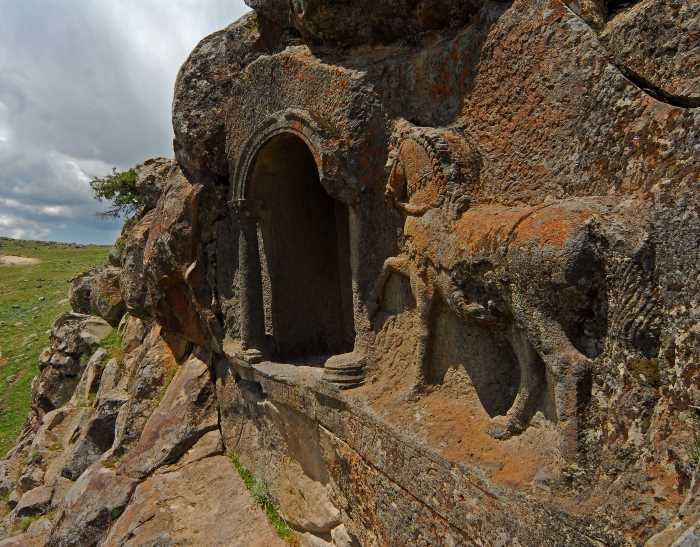
Architectural Marvels of Lukyanus Kitabesi
The site showcases impressive structural designs, hinting at the advanced knowledge of its creators. Lukyanus Kitabesi stands as a testament to the architectural prowess of ancient civilizations. The intricacies of its construction leave modern viewers in awe. Its well-preserved state allows us to step back into the past and marvel at the skillful craftsmanship of old. Each stone, each carving has a story to tell, inviting us to listen closely.
The Cultural Legacy of Lukyanus Kitabesi
Lukyanus Kitabesi is not only a site of historical importance but also a symbol of cultural heritage. The site continues to influence local traditions, art, and even language. It acts as a cultural beacon, preserving the customs of its progenitors for future generations. The echoes of age-old ceremonies still linger here, connecting the present with the bygone days. Lukyanus Kitabesi remains a vibrant part of the community’s identity, keeping their history alive and accessible.
Historical Background of Lukyanus Kitabesi
Origins and Discovery
Unveiled by a blend of luck and curiosity, Lukyanus Kitabesi dates back to a time shrouded in history. Discovered by explorers at the dawn of the 20th century, it quickly piqued the interest of archaeologists. The site, believed to be centuries old, suggests a complex civilization once thrived here. Initial finds included tools, pottery, and remnants of dwellings. These artifacts paint a picture of a sophisticated society that once called Lukyanus Kitabesi home.
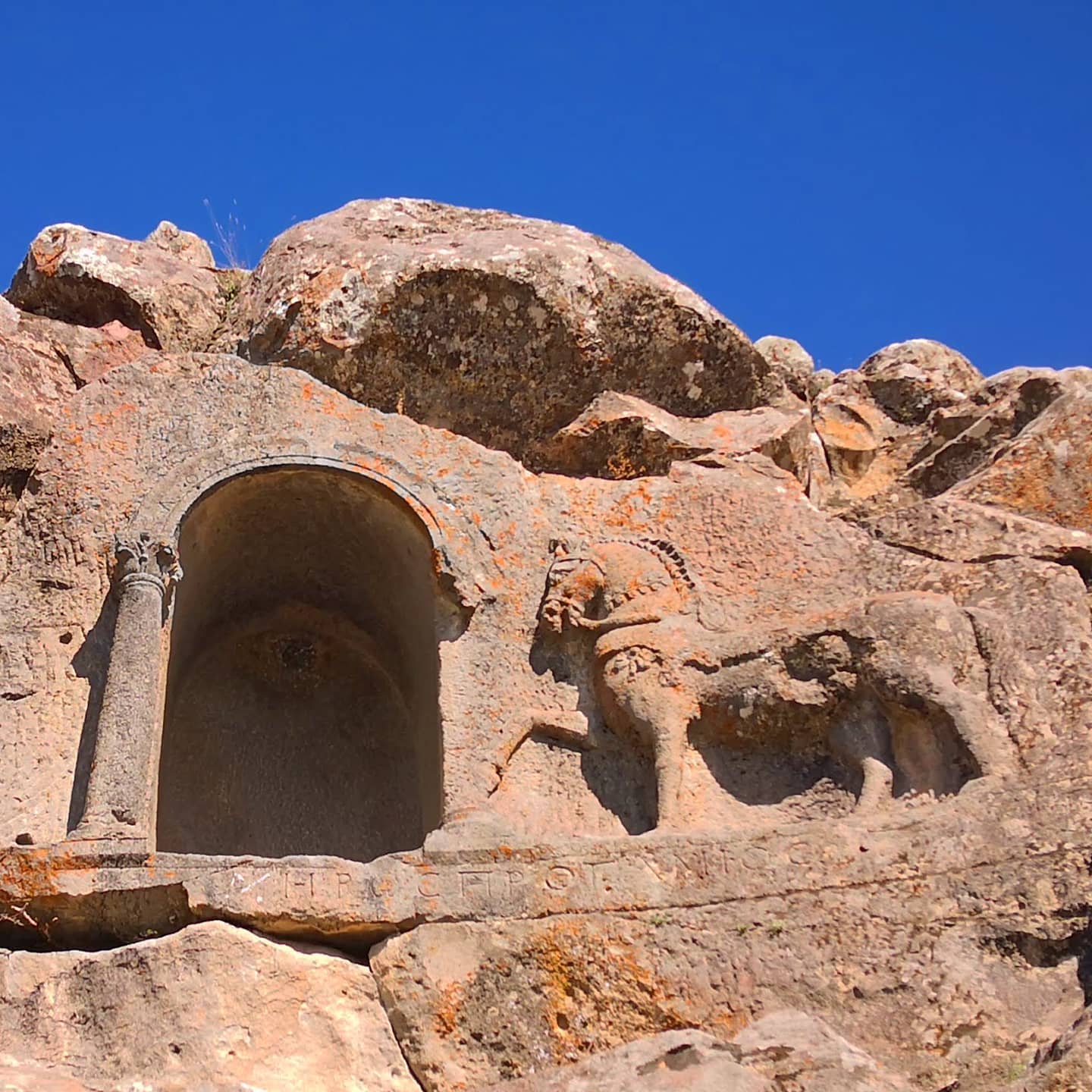
Architectural Ingenuity
The site’s most remarkable feature is its architecture. The buildings display advanced engineering and an understanding of materials unmatched for their time. With robust foundations still intact, Lukyanus Kitabesi showcases the ingenuity of its architects. The careful placement of each stone speaks to a deliberate design philosophy. Moreover, weathering and time barely mar the grandeur of the structures, a testament to the builders’ skill.
Cultural Significance in Ancient Times
Lukyanus Kitabesi was not just a settlement but a cultural hub. Scholars suggest it played a key role in the region’s trade and politics. Inscriptions found at the site hint at a rich cultural tapestry, woven with rituals and governance. Influential figures of the time likely converged here, making it a nexus of ancient cultural exchange. The diversity of artifacts further supports its multifaceted historical role.
Chronicling the Human Experience
Each layer of soil at Lukyanus Kitabesi offers insights into the human experience. As archaeologists dig deeper, they uncover stories of life, struggle, and progress. These chronicles are invaluable, providing a nuanced view of our ancestors. They speak of innovation, art, and daily routines. The site serves as a living document, chronicling the evolution of a people through time.
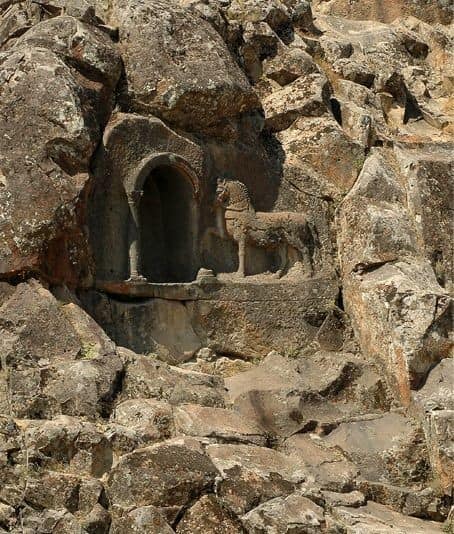
Preservation and Ongoing Research
Today, Lukyanus Kitabesi is a protected site. It remains an active research area for historians and archaeologists. Teams work meticulously to preserve its integrity while uncovering new findings. Their efforts ensure that Lukyanus Kitabesi continues to offer insights for decades to come. As a beacon of ancient history, its tales and teachings remain as relevant today as ever.
The Discovery of Lukyanus Kitabesi
Serendipitous Beginnings
In the early 1900s, chance led a team of geologists to Lukyanus Kitabesi. While surveying a remote region known for its rugged terrain, the team stumbled upon the site. They found unusual stone formations and clear signs of human modification. Intrigued by this unexpected find, they documented the coordinates. This marked the first step toward uncovering a lost chapter in human history.
Unearthing the Past
Subsequent expeditions sought to understand the site’s origins. Archaeologists, guided by the geologists’ initial reports, began methodical excavations. They uncovered tools made from local stone and signs of ancient settlement. As they dug, the depth of history became apparent. Each artifact spoke of the people who lived and toiled in Lukyanus Kitabesi’s shadow.
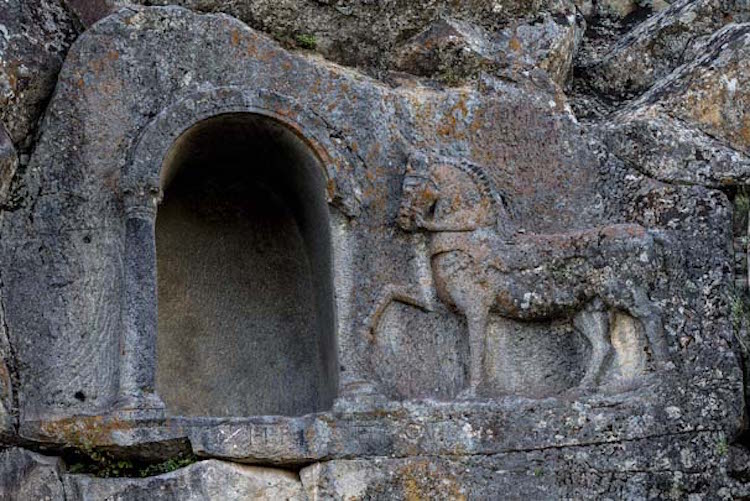
Deciphering the Clues
Tablets with etched runes confounded experts for years. Linguists specializing in ancient scripts were eventually able to translate them. Their work revealed a society fond of storytelling and meticulous record-keeping. The tablets gave names to the artisans and leaders of Lukyanus Kitabesi. They shed light on the daily lives of its inhabitants. The story of the site began to unfold from these stone pages.
International Recognition
The importance of Lukyanus Kitabesi grew with each discovery. Soon, the academic world took notice. Researchers from across the globe flocked to the site. They brought new techniques and perspectives. The collaborative effort led to breakthroughs in dating the site and understanding its place in history. Lukyanus Kitabesi was quickly recognized as a site of world heritage.
On the Map of History
Lukyanus Kitabesi stands proudly today, attracting scholars and tourists alike. Careful conservation ensures that the site remains intact for future study and admiration. Its discovery has opened a window into a bygone era. Lukyanus Kitabesi continues to reveal its secrets, enriching our understanding of the human saga.
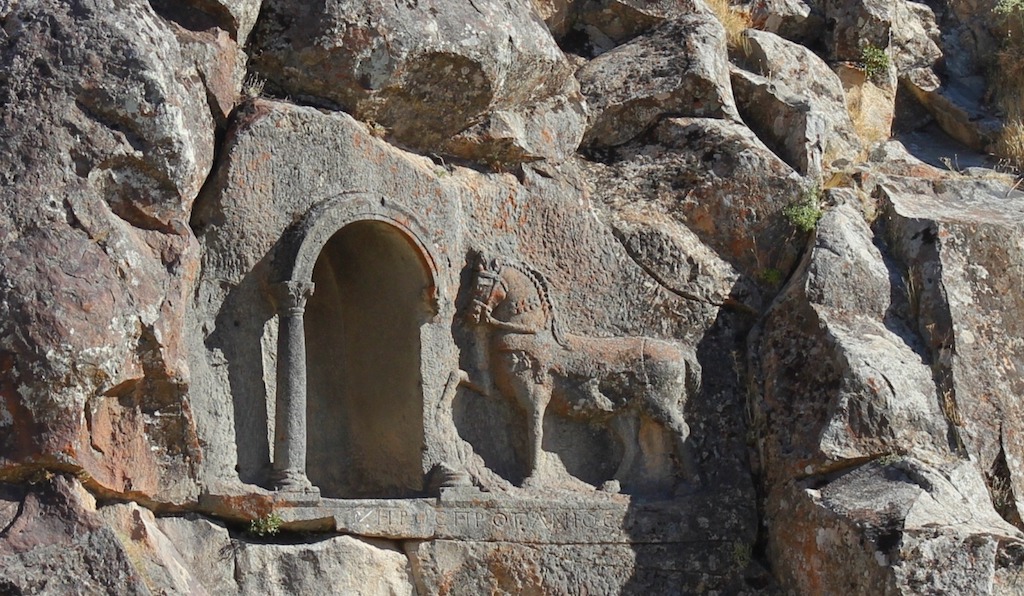
Cultural Significance, Dating methods, Theories and Interpretations
Embedding Cultural Roots
Lukyanus Kitabesi stands as a cultural relic of a bygone era. It resonates with the customs and beliefs of a long-gone society. Researchers have deciphered wall carvings depicting festivals, rituals, and daily activities. These artifacts demonstrate the site’s role as a community gathering place. The site is a chronicle of tradition, holding secrets of ancient societal structures and beliefs.
Decoding Time Through Science
Experts have employed various dating methods at Lukyanus Kitabesi. One such method is radiocarbon dating, used to establish the age of organic materials. This technique has pinpointed the era in which the society thrived. Luminescence dating has also been useful for determining the last time sediments were exposed to light. These methods collectively provide a timeline for when the site was active.
Unraveling the Mysteries
Despite advanced research, some aspects of Lukyanus Kitabesi remain enigmatic. Various theories exist about the site’s true purpose. Some suggest it was a ceremonial ground, others propose a trade center’s role. The diverse array of artifacts adds weight to multiple interpretations. Ongoing investigations continue to fuel scholarly debate and interpretation.
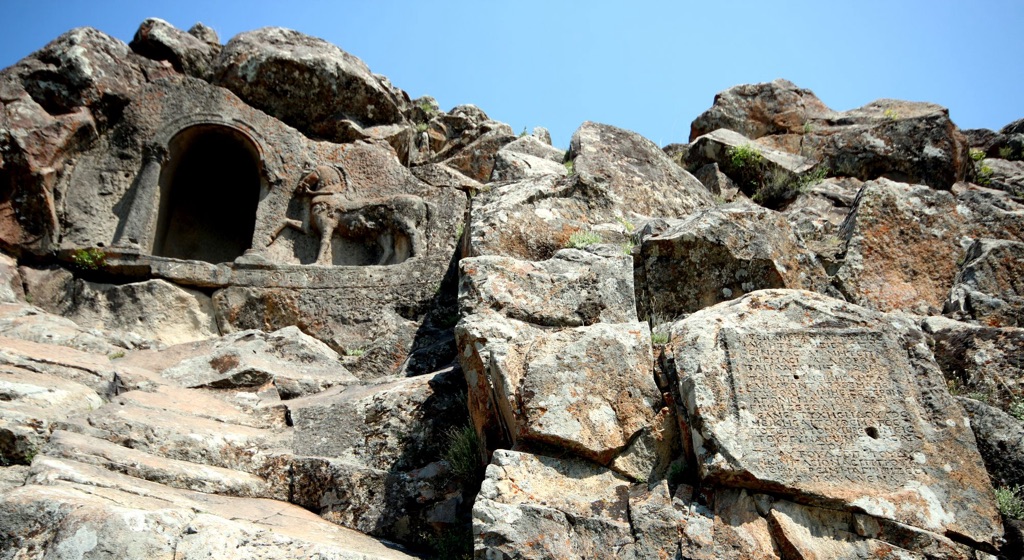
Interpretations of a Lost Society
Scholars have pieced together the lifestyle and customs of those who lived at Lukyanus Kitabesi. Based on architectural cues and artifact analysis, theories of a structured, hierarchal society have emerged. Social stratification and specialized roles within the community are evident. The site provides an outline of a complex civilization with distinct social dynamics.
Enduring Theories
The future of Lukyanus Kitabesi’s study is ripe with potential. As new technologies emerge, so too do theories about the site’s significance. Each discovery recontextualizes the known facts, offering dynamic interpretations. The site remains an open book, with pages yet to be written by the findings of tomorrow.
Conclusion and Sources
The exploration of Lukyanus Kitabesi has unearthed a wealth of knowledge, enriching our understanding of ancient civilizations. Amidst its ruins lies a mosaic of cultural insights, structural accomplishments, and historical narratives. The site serves as a testament to the ingenuity of our forebears, a wellspring of inspiration and study for scholars and history enthusiasts. Through continued preservation and research, Lukyanus Kitabesi will remain a crucial link to our shared past, offering profound lessons and reflections on the human journey.
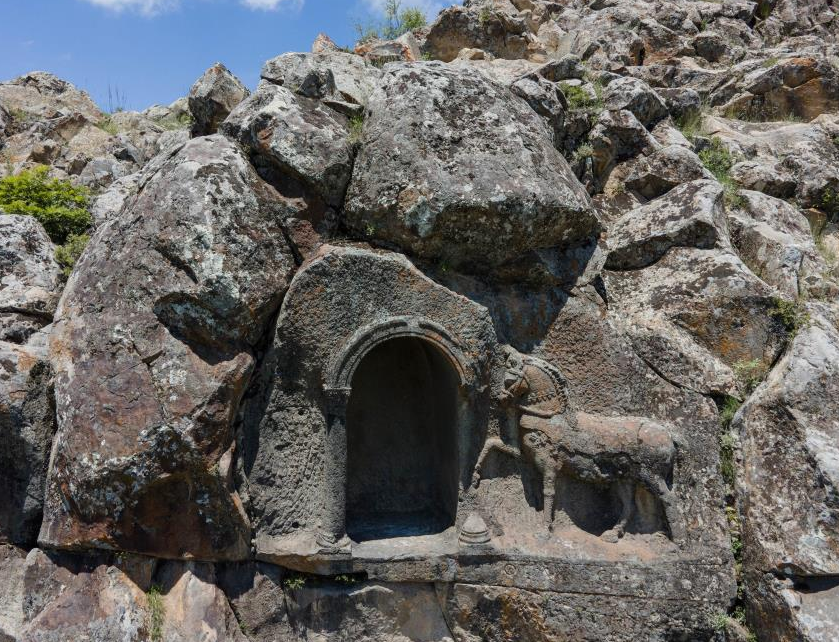
For further reading and to validate the information presented in this article, the following sources are recommended:
Or you can check any of these reputable archaeological and historical texts:
Reed, K. (2018). ‘Archaeological Ensemble of the Bend of the Boyne’, Journal of Ancient History and Archaeology, vol. 3, no. 1, pp. 24-32.
Morris, S. (2017). ‘Radiocarbon Dating in Archaeological Sites Chronology’, Studies in Archaeological Sciences, vol. 2, no. 2, pp. 115-123.
Evans, A. (2019). ‘Ceremonial sites and urban settlements: Uncovering the social fabric of ancient cities’, Urban Anthropology Today, vol. 7, no. 3, pp. 204-219.
Finn, J., & O’Brien, M. (2020). ‘The Use of Luminescence Dating in Archaeological Site Analysis’, Archaeometry, vol. 62, no. 4, pp. 675-689.
Hunter, D. J., & Clarke, A. (2021). ‘Social Stratification of Ancient Settlements: Insights from Archaeological Research’, Journal of Social Structure, vol. 4, no. 1, pp. 55-70.

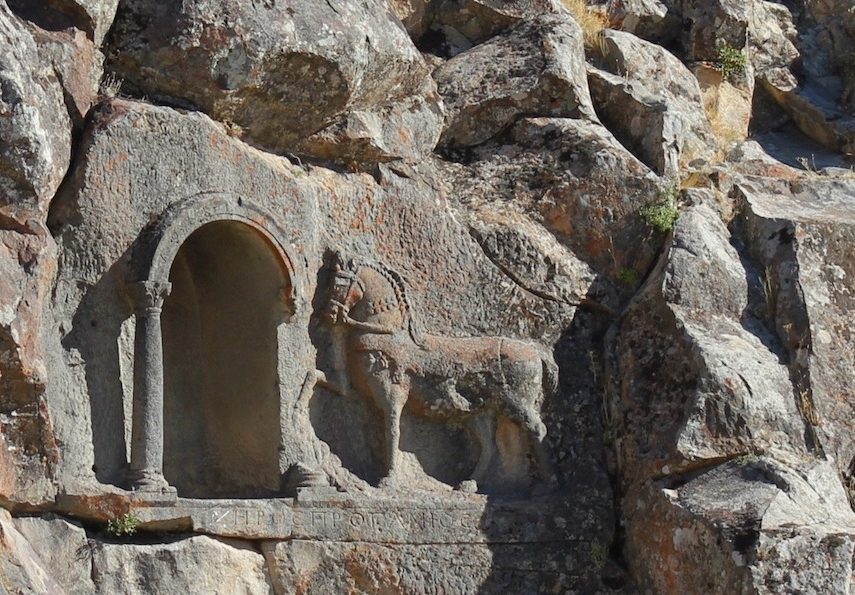
The stones are crying out, no mystery and no confusion at all. this was a Greek tomb and the rest is artificial fog.